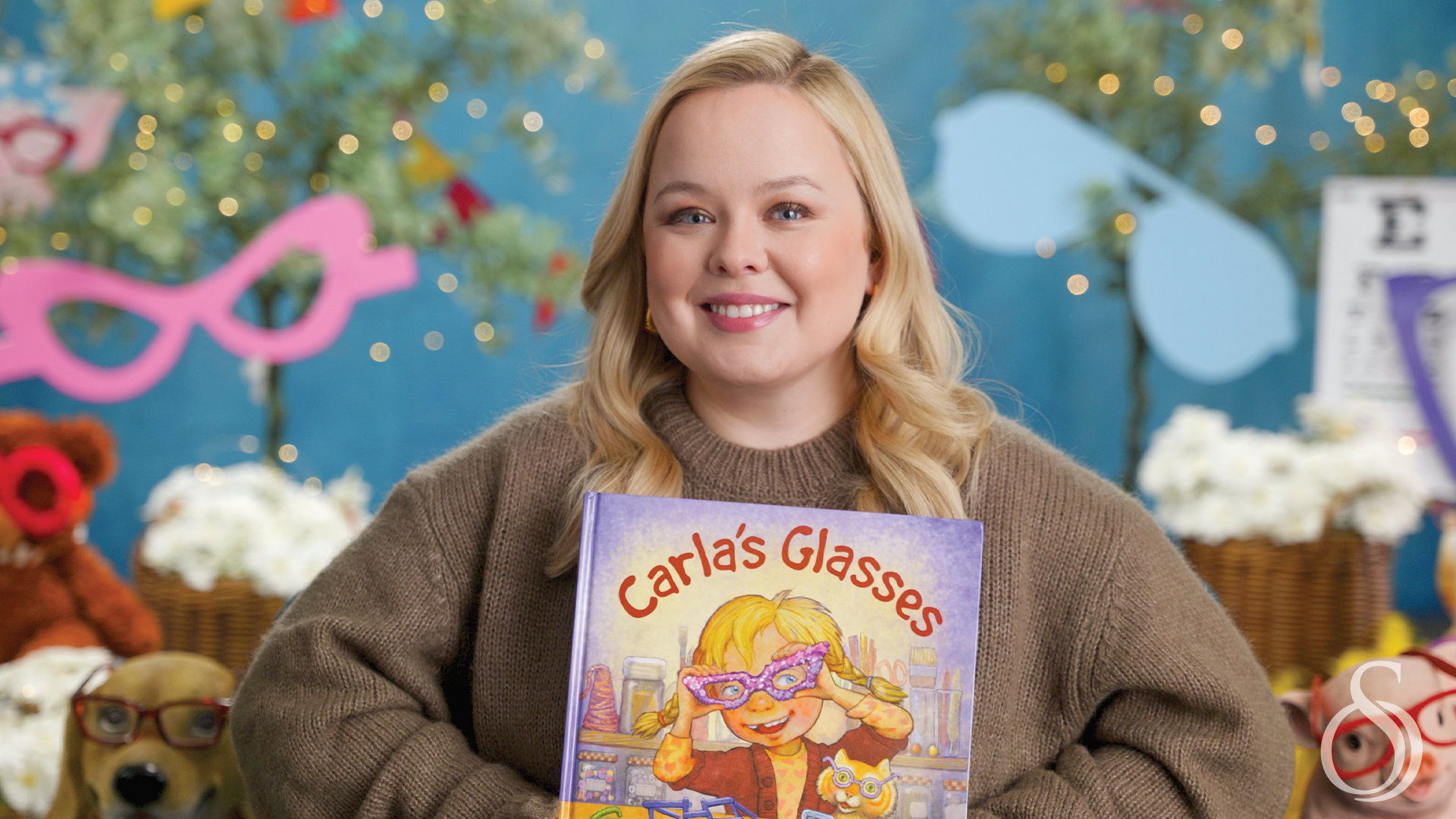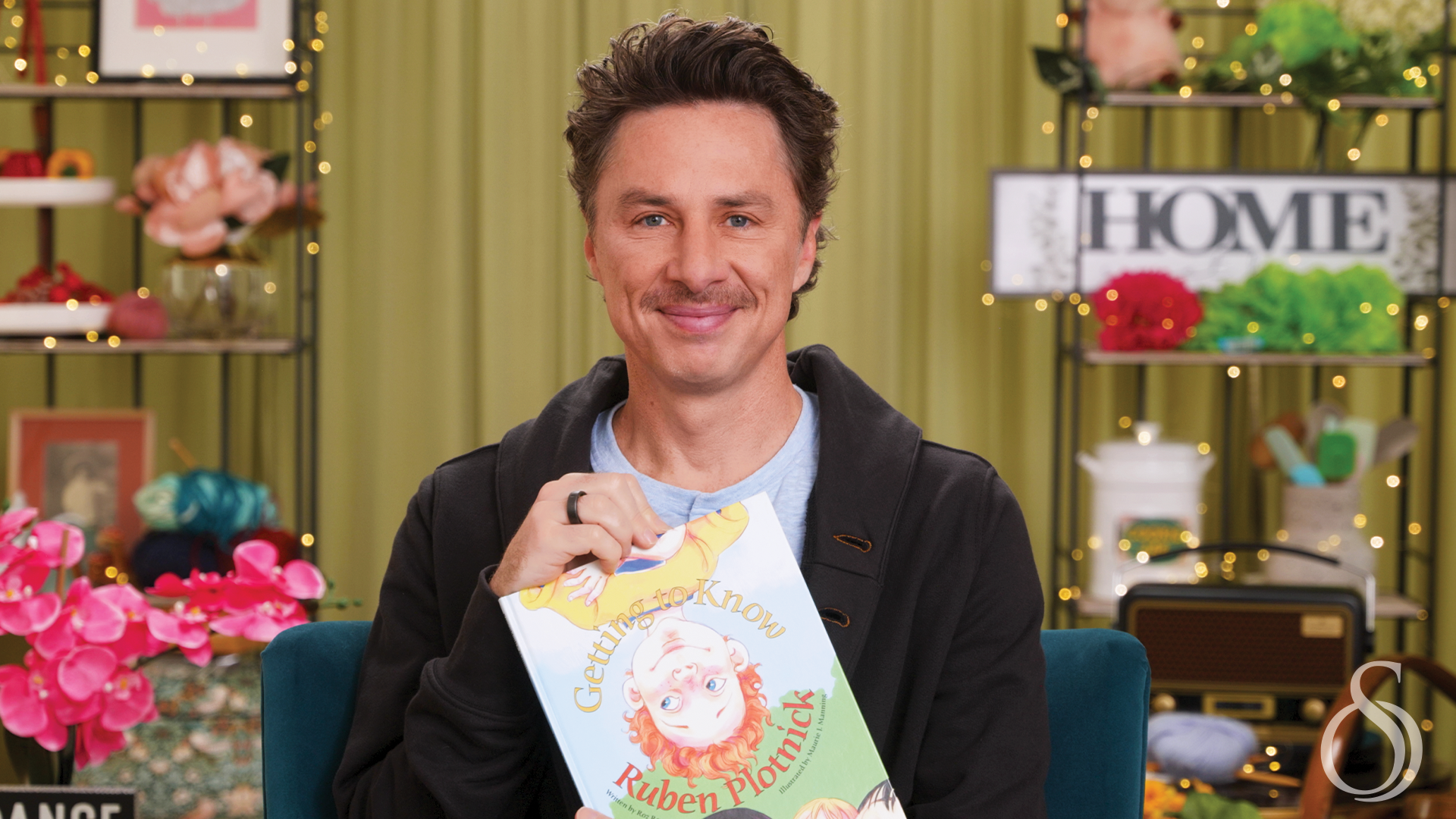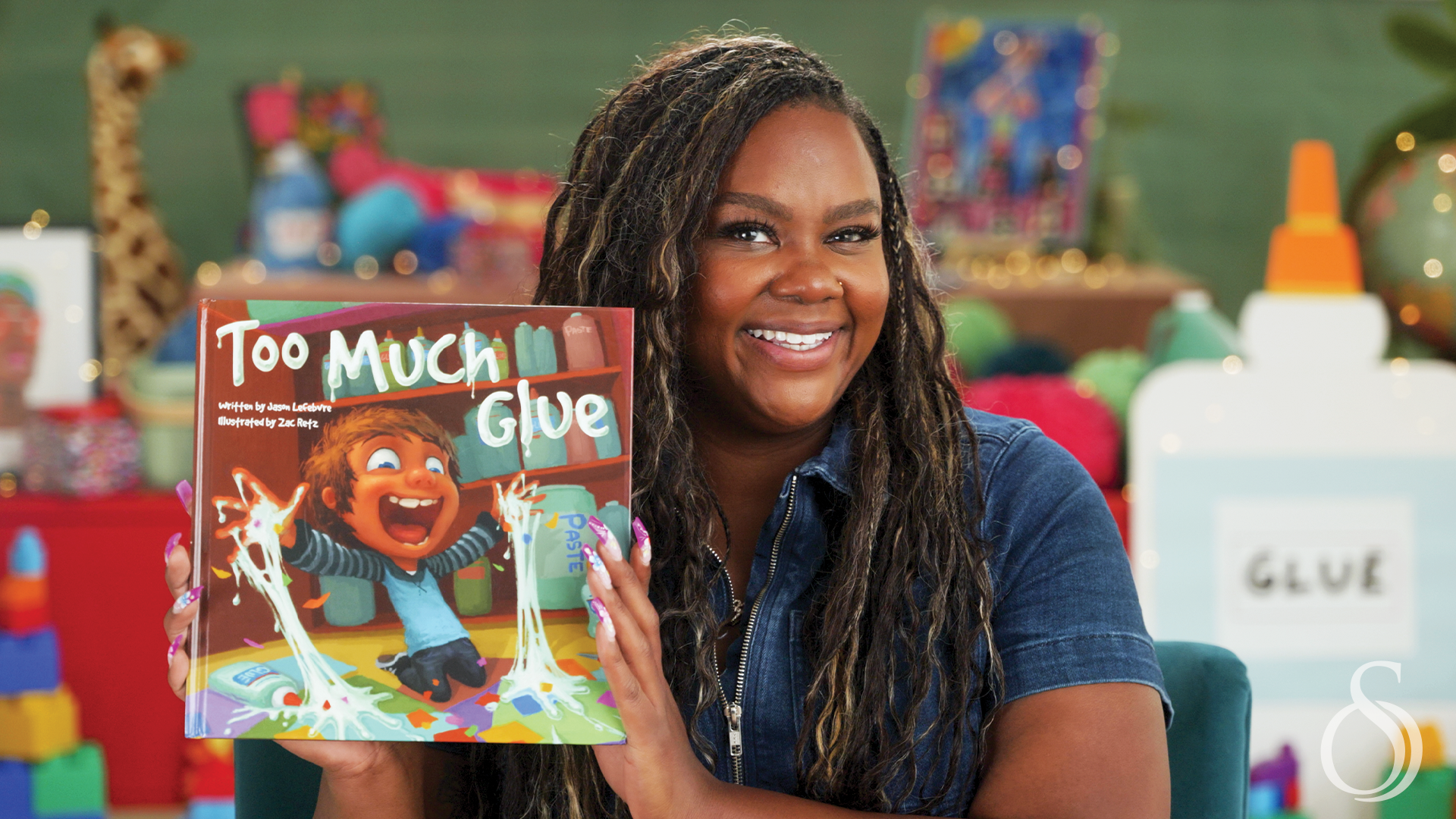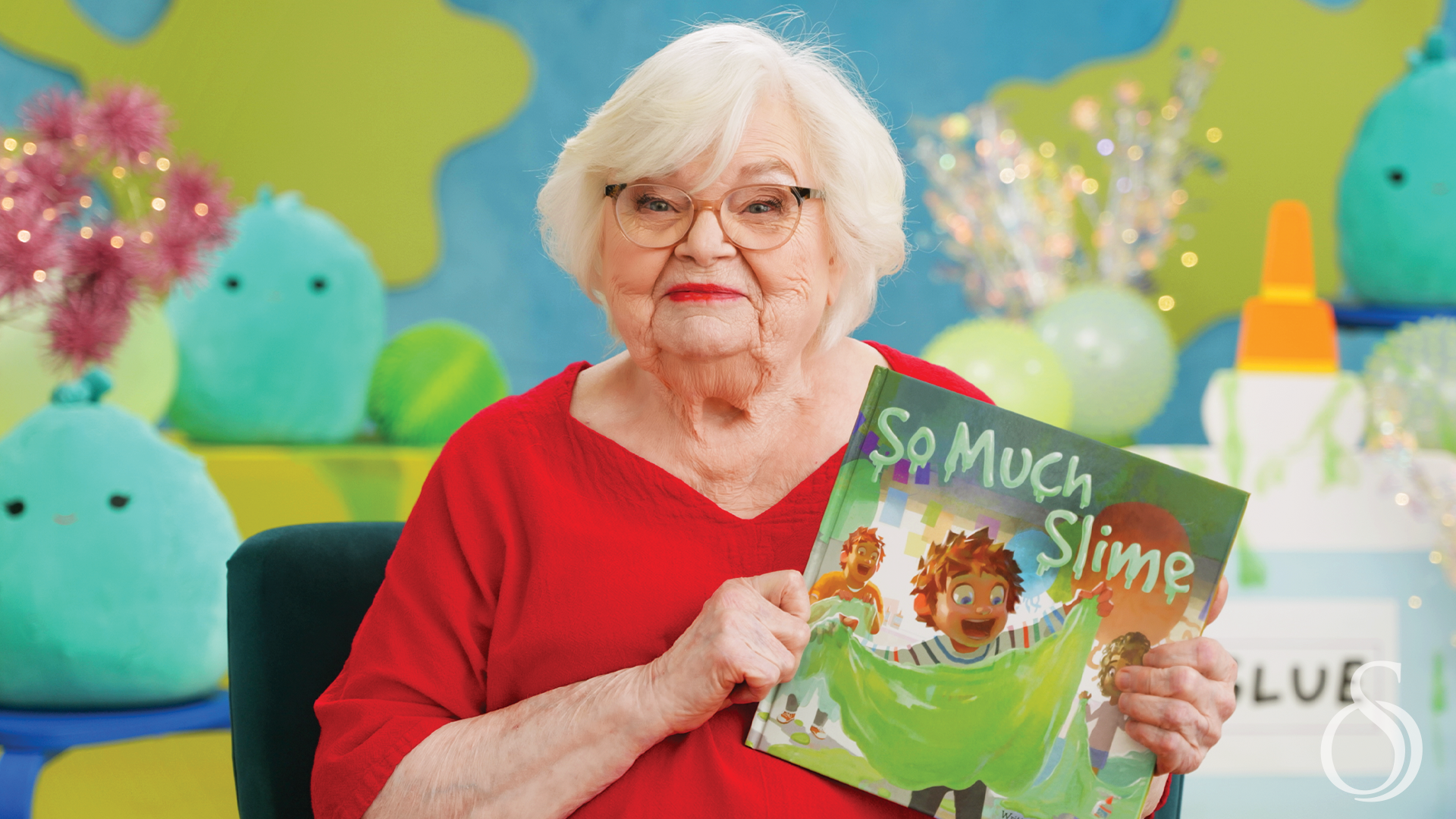About This Lesson
Carla loves to be different. So when her teacher announces an upcoming vision screening, Carla hopes she’ll be the only kid in class to need glasses. To prepare for her new look, she starts wearing homemade funky frames to school each day.
Turns out that the only one who needs glasses is Buster. But unlike Carla, Buster does NOT like to be different. He likes to blend in.
When Carla concocts an ingenious plan to help Buster, it’s clear to see that the power of friendship – and Carla’s creativity – will save the day.
This long-awaited companion to the award-winning Carla’s Sandwich will be adored by kids with or without glasses.
Storyline Online's Carla's Glasses is read by Nicola Coughlan, written by Debbie Herman and illustrated by Sheila Bailey.













